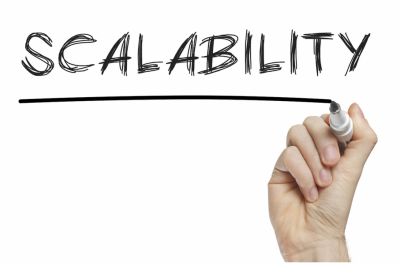How To Choose The Best Software Architecture For Enterprise App?
How To Choose The Best Software Architecture For Enterprise App?
Blog Article
The right architecture can make or break the success of your app, impacting everything from scalability and performance to maintainability and security. In this blog post, we’ll explore key factors to consider when choosing the best software architecture for your enterprise app and guide you through the decision-making process
Software architecture for enterprise app
Factors
Business requirements & objectives
Before diving into technical considerations, it’s essential to understand the business requirements. What are the main goals of the enterprise app? Is it meant to serve a large number of users, integrate with other systems, or provide real-time data processing? The best software architecture should align with these goals and support the scalability, security, and performance needed to fulfill them.

Scalability & flexibility
Enterprise apps often experience changing requirements over time, whether due to business growth, market changes, or new technological advancements. A scalable architecture will prevent bottlenecks and provide the necessary infrastructure for long-term growth. Some architecture patterns, such as microservices, are highly scalable and flexible because they break down an application into smaller, independently deployable services. This allows teams to scale only the components that need additional resources, ensuring more efficient use of resources.

Performance & latency
Performance is a top priority for enterprise apps, especially if your business depends on real-time data processing or high user interaction. Latency should be minimized, and the architecture should ensure smooth performance under heavy loads. When evaluating different architectures, consider whether they can handle high traffic volumes and complex queries. Architectures like event-driven or service-oriented architectures might be beneficial for applications that require real-time interactions.

Maintainability & flexibility
The architecture should make it easy for your team to fix bugs, implement new features, or make changes without disrupting the entire system. A modular architecture, where components are loosely coupled, is often ideal for this purpose, as it allows developers to make updates to individual parts without affecting others. These structures also support continuous integration and delivery pipelines, enabling your development team to release new features quickly and efficiently.
Security
Security is paramount for enterprise apps, particularly those handling sensitive data or interacting with other critical systems. The chosen architecture should provide robust security features and mechanisms, such as encryption, authentication, and access control. You’ll also need to ensure that the architecture supports secure communication channels between services and components.

Cost & resources
The cost of developing and maintaining an enterprise app is another key factor in choosing the best software architecture. While microservices and serverless architectures can offer many benefits, they might also come with higher upfront costs and greater complexity compared to monolithic architectures.

Conclusion
Choosing the best software architecture for your enterprise app requires a thorough evaluation of your business needs, scalability requirements, security considerations, and resource availability. By understanding these factors and aligning them with the right architectural patterns, you can create a solution that not only meets your current needs but is also future-proof.